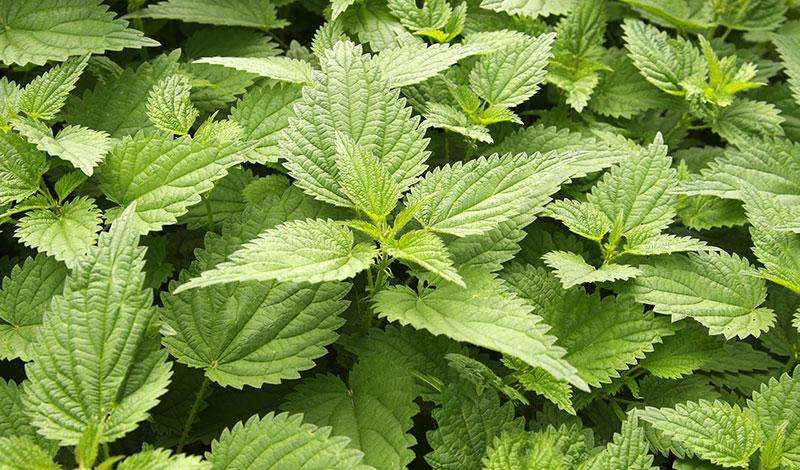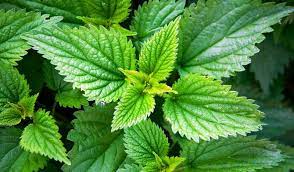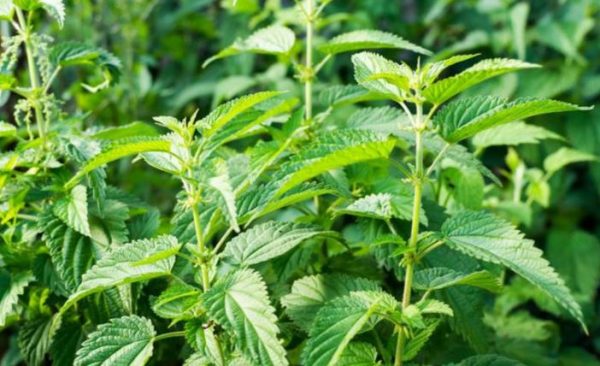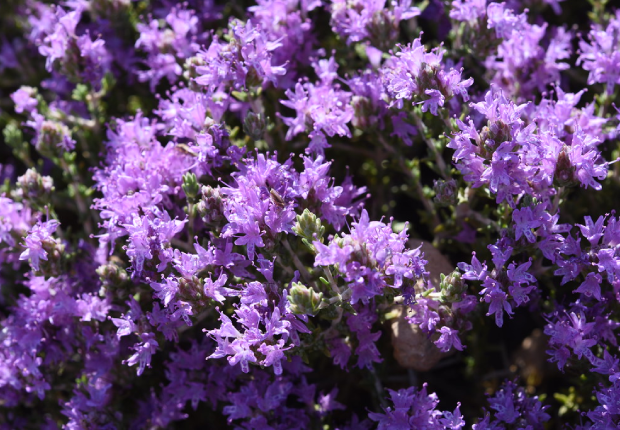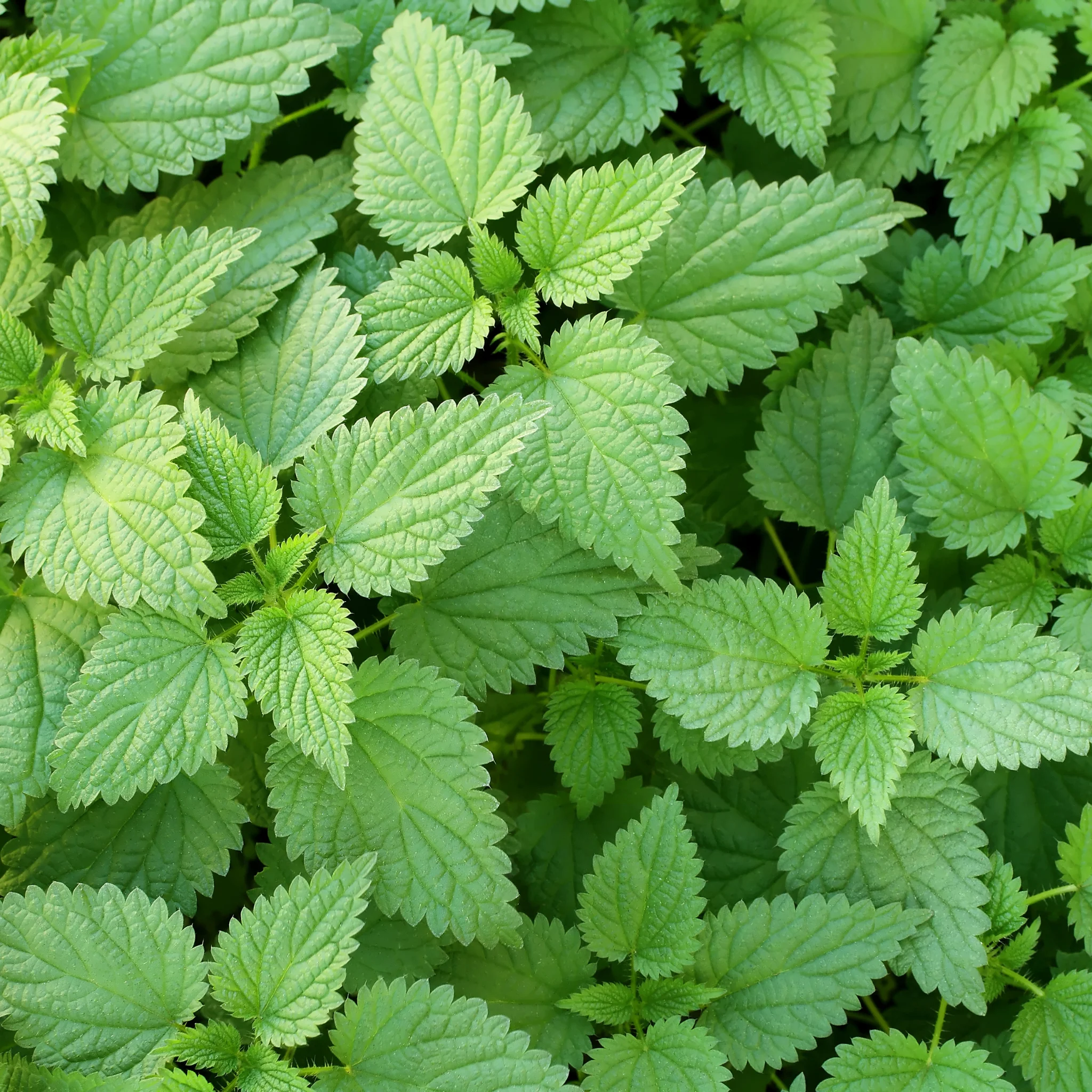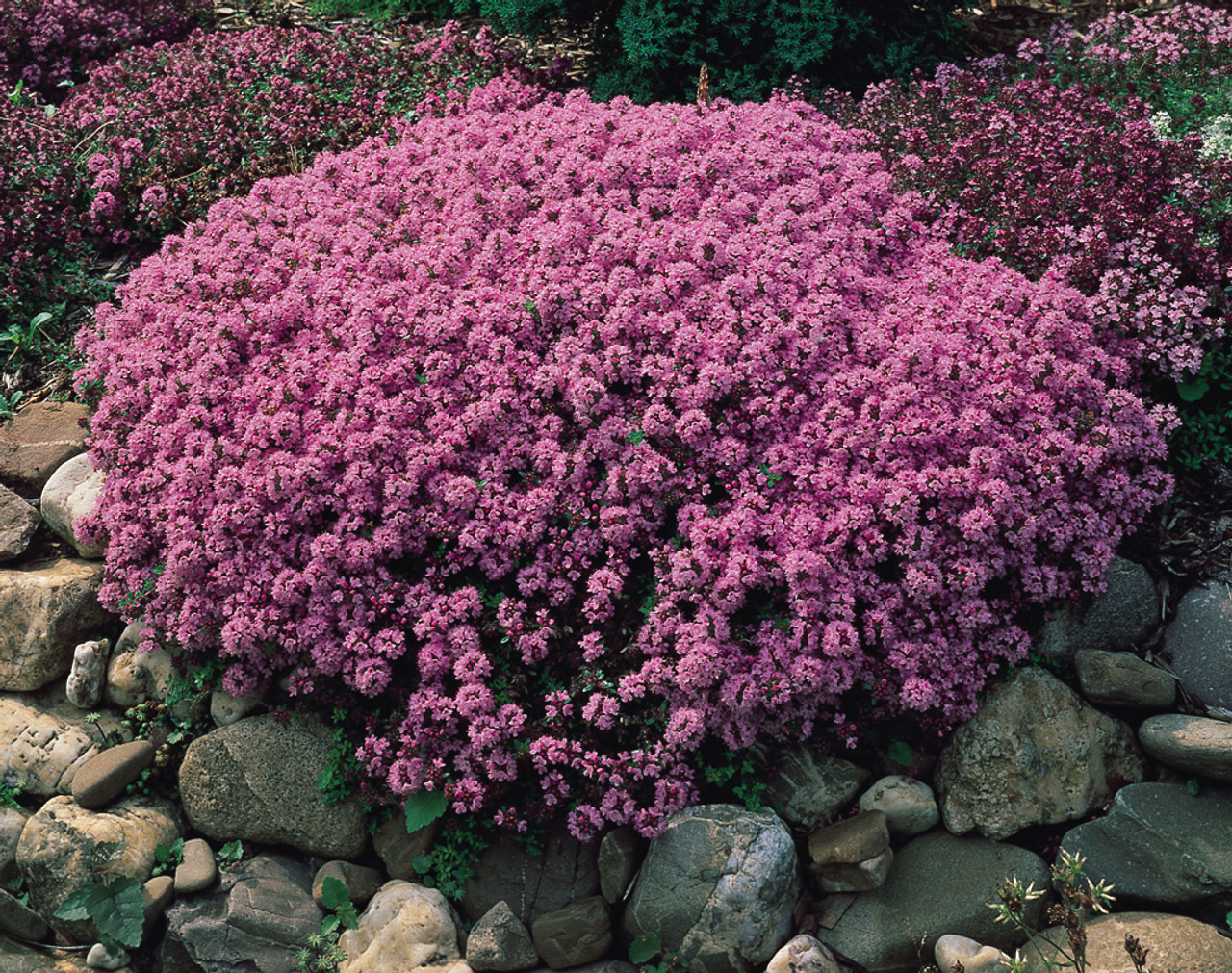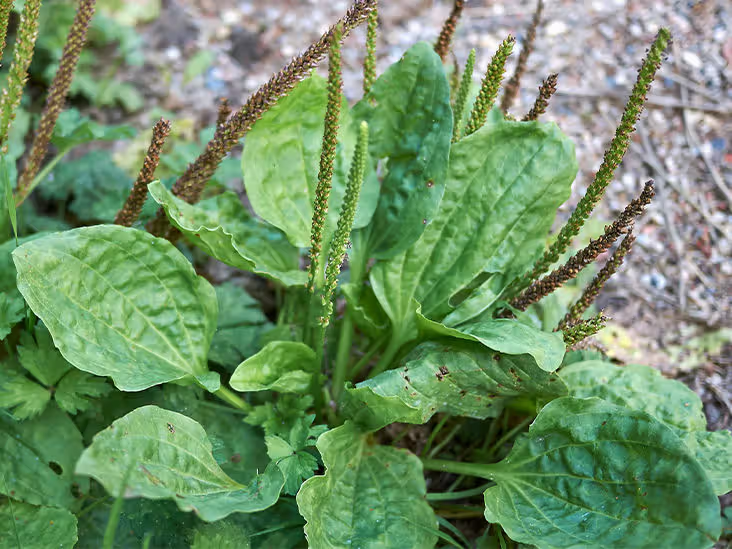Urtica dioica
Stinging nettle is a perennial herbaceous plant that is widely distributed across
Europe, Asia, North America, and other regions. It is known for its characteristic
stinging hairs on its leaves and stems, which can cause skin irritation upon contact
Nettle plants can grow from one to over six feet in height, depending on growing
conditions and variety.
Nettle produces small, inconspicuous greenish flowers in the spring and summer, arranged
in clusters on separate male and female plants.
Nettle has been used for centuries in herbal medicine. It is believed to have
anti-inflammatory properties and is used in remedies for conditions like allergies,
arthritis, and urinary tract health.
- Stinging nettle can grow in a variety of soil types but prefers moist, nitrogen-rich
soil.
- It reproduces via seeds or rhizomes and can spread readily in favorable conditions.
- Nettle is considered a beneficial plant in permaculture due to its ability to
accumulate nutrients from the soil and provide them to other plants when used as mulch
or in compost.
